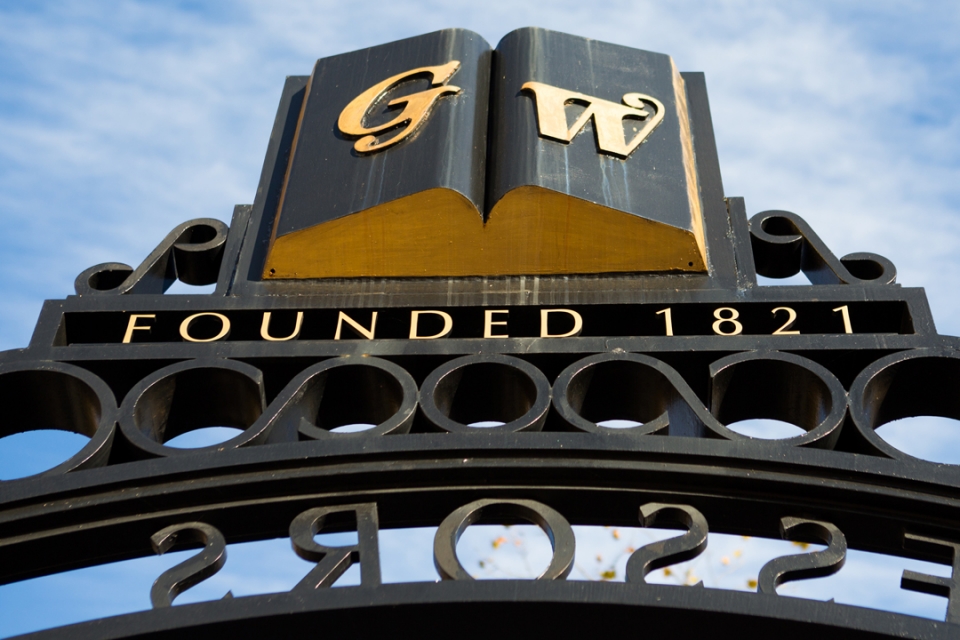After President Joe Biden proposed raising the maximum federal Pell Grant by $2,000 in his first State of the Union address, George Washington University President Mark S. Wrighton has voiced his support for the initiative in letters to the White House and to more than 20 Congressional leaders.
“Increasing funding to the Pell Grant is good public policy that enjoys broad bipartisan support, and it is a smart investment in the future of our nation,” Wrighton wrote. “With your leadership, I am confident that our shared goal of increasing support for our next generation of leaders in our nation will be achieved.”
GW last year joined nearly 1,200 institutions of higher learning in calling for a doubling of the maximum annual award, currently capped at $6,495 for the 2022-2023 academic year.
Since 1972, Pell Grants have provided direct funding to undergraduate students who meet the government standard for “exceptional financial need.” Award amounts are determined annually by the U.S. Department of Education and are tied both to an individual’s expected family contribution and to their enrollment status. Some 7 million learners, or about one-third of U.S. undergraduates—including nearly 60% of Black students and nearly 50% of Latino students—rely on Pell Grants to partially fund their education.
But the funding program has failed to keep up with increasing costs of living. According to U.S. News and World Report, at the time the program was created in the 1970s, Pell Grants covered more than 75 percent of the cost of a four-year degree at a public college or university. As of 2021, the Pell maximum covered less than one-third of that cost.
More students who qualify for Pell grants have enrolled at GW over the past decade. The total number of Pell Grant eligible students at GW has grown by 29.5%, from 1,280 students in 2011-12 to 1,623 students in 2020-21.
Alongside its Open Doors initiative, which aims to increase access to a GW education and support the university’s best and brightest students—regardless of their financial circumstances, GW has already launched a long-term commitment to increase financial support for students who qualify for federal Pell grants and their families. Beginning with the class of 2025, the university will increase the financial aid budget for students eligible for Pell grants by an estimated $2 million annually to provide enhanced need-based grants, loans and work-study packages that will cover most of the direct costs of a GW education and allow families to avoid parent loans beyond their expected family contribution.



